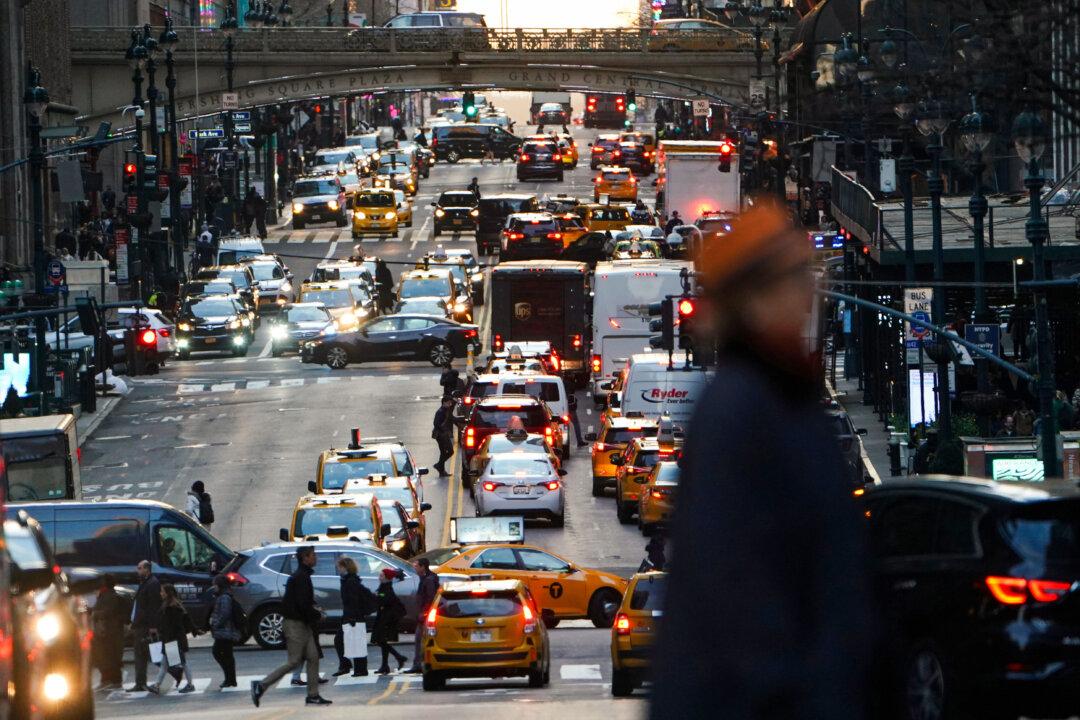Car accident fatalities are reaching the level of a public health crisis in the United States, National Transportation Safety Board (NTSB) Chair Jennifer Homendy said, emphasizing the urgent need for systemic change during a meeting on Nov. 19.
“There is no doubt we are in the midst of a growing public health crisis on our roads,” Homendy said.





